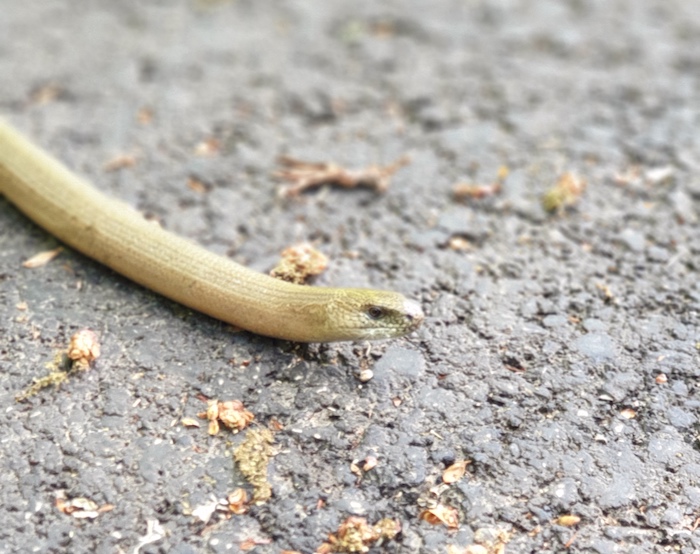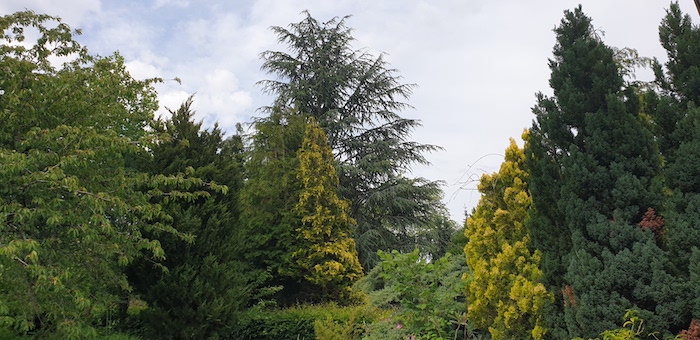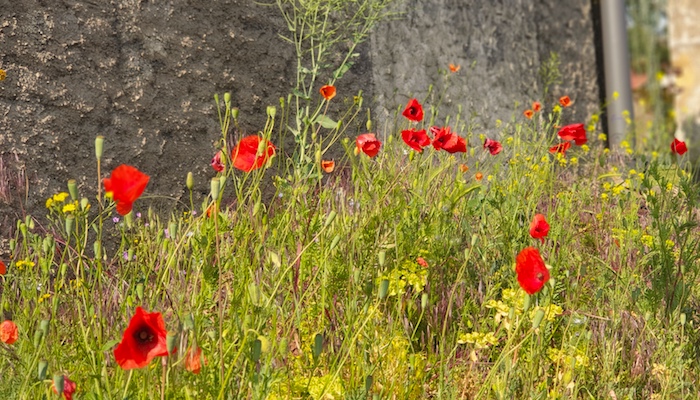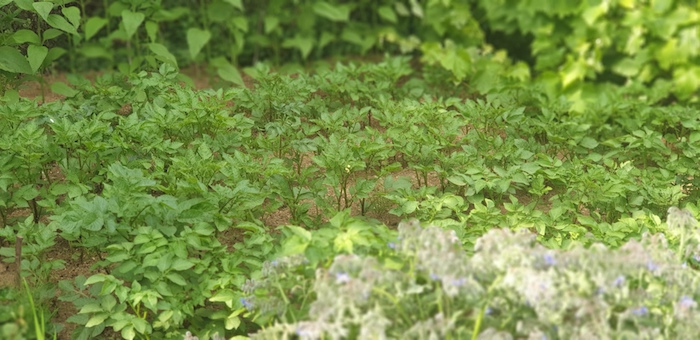A three zone garden to save insects
Today’s the international day for biological diversity and for the occasion I wanted to tell you about a gardening method that does wonders for the environment: The three zone garden.
We have already lost 75% of insects, mostly because of agriculture and the massive use of pesticides, but also because our gardens now all look like perfectly mowed green squares with no diversity. You may not like little critters so much, but we need them. Not only do they pollinate our food, they also attract birds, lizards and other animals.
So what can we do? We bring diversity back into our gardens. But how does this thing work?
The three zone garden
As you can guess from the name, the three zone gardening method consists in dividing your garden into 3 different types of zones. A buffer zone, a hotspot zone and a production zone. The three zone garden was invented by Markus Gastl and it’s pretty much a variation of permaculture that works in temperate climate zones.
The buffer zone
First, you have the buffer zone, which consists in native trees, bushes and vines around your garden. They can be fruit trees, nuts, anything you like. The key is diversity. It’s there to house wildlife but also to shield your garden from the outside world. Plus, it can also block the view and give you a little more privacy. But it gets even better when you add piles of dead wood in there, flipped-over baskets, dead leaves and even your compost. Who knows, maybe you will attract a cute hedgehog?
The hotspot zone
Next you have the hotspot zone. This is star of the show. The hotspot zone is an area where the soil is poor. You either already have one or you can create one by digging a 50 cm deep trench that you fill with rocks, gravels and sand. In fact, you can even use old broken down roof tiles or rubble. Yes, this may seem counter-intuitive but in that spot, native species and wildflowers will thrive and with them, insects too. Surprizingly, some edible plants like parsnips can even grow in there and the whole thing is rather low maintenance. You don’t even need to water it!
The production zone
And finally, there’s the production zone. The name speaks for itself: it’s your veggie garden but it can also be the space you use to chill and enjoy the beautiful space you’ve created.
These three zones don’t need to be completely separated. In fact, you can have bits of the hotspot zone spread out through your garden. Whatever works best with your space. Also, know that it’s even possible to include water features like ponds or pools in the layout.
But what if you don’t have a garden?
Obviously, If you have a balcony, you can grow some organic plants and flowers there (check this post about how to do it on a budget). Or if you live in a condo, you can talk to your neighbors about creating such a garden. Another thing you can try, especially if you are into activism, is to start petitions for your city to take action. Maybe they can cover bus stops with plants like they did in Amsterdam? Maybe they can let patches of tall weeds grow in parks, set up insect hotels… or hey! Why not ask them to create hotspot zones?
Start your three zone garden
I’m by no means an expert on the subject but I thought you should know about the method. It is easy to implement and requires little effort for great results. The best thing I can do is to share some ressources with you:
The Hortus network:
For English speakers: Hortus Network America
For German speakers: Hortus Netwerk
And for French speakers: Hortus France and Hymenoptera







